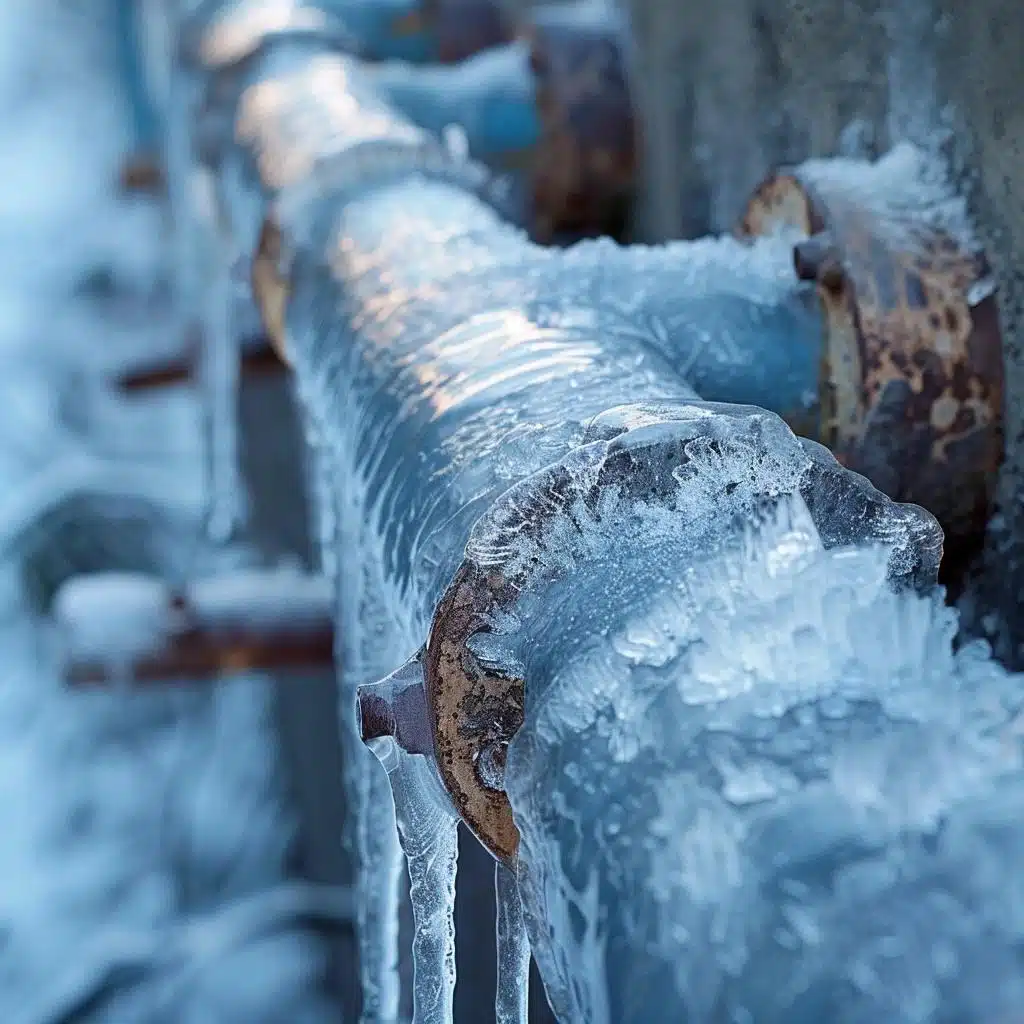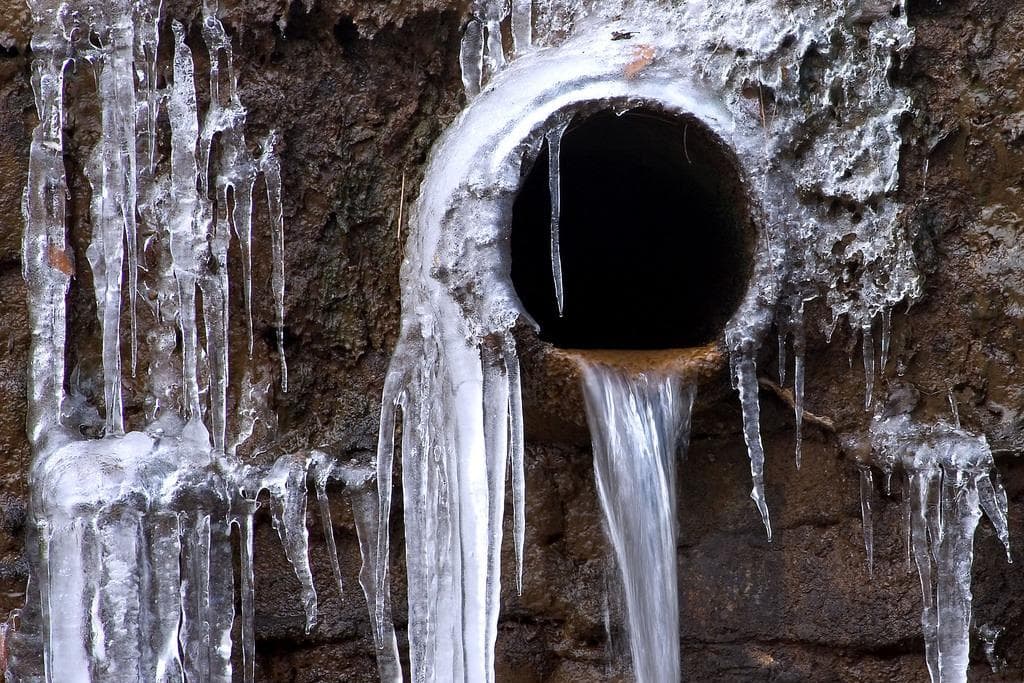The article author is making a number of great pointers on Helpful Tips to Prevent Frozen Pipes this Winter in general in the article beneath.

Winter can wreak havoc on your pipes, particularly by freezing pipes. Here's how to avoid it from happening and what to do if it does.
Intro
As temperatures decline, the danger of frozen pipes increases, possibly causing pricey repair services and water damages. Comprehending how to prevent frozen pipes is important for homeowners in cold environments.
Avoidance Tips
Protecting at risk pipelines
Cover pipes in insulation sleeves or use warmth tape to safeguard them from freezing temperature levels. Focus on pipelines in unheated or outside locations of the home.
Heating methods
Keep indoor rooms sufficiently warmed, specifically areas with pipes. Open up closet doors to enable warm air to distribute around pipes under sinks.
How to determine frozen pipes
Search for lowered water circulation from taps, uncommon odors or noises from pipes, and noticeable frost on exposed pipes.
Long-Term Solutions
Architectural changes
Consider rerouting pipelines far from exterior walls or unheated locations. Include extra insulation to attic rooms, cellars, and crawl spaces.
Upgrading insulation
Invest in high-quality insulation for pipelines, attic rooms, and walls. Proper insulation assists keep regular temperatures and reduces the danger of frozen pipelines.
Protecting Outdoor Plumbing
Garden tubes and exterior faucets
Separate and drain garden pipes prior to wintertime. Set up frost-proof spigots or cover outdoor faucets with shielded caps.
Recognizing Frozen Pipelines
What creates pipelines to ice up?
Pipes freeze when subjected to temperatures listed below 32 ° F (0 ° C) for prolonged durations. As water inside the pipelines ices up, it broadens, taxing the pipeline wall surfaces and possibly creating them to burst.
Dangers and damages
Frozen pipelines can bring about water system disruptions, property damage, and costly fixings. Ruptured pipelines can flood homes and trigger comprehensive structural damage.
Indicators of Frozen Water Lines
Identifying icy pipes early can prevent them from rupturing.
What to Do If Your Pipes Freeze
Immediate activities to take
If you believe frozen pipes, maintain faucets open to ease pressure as the ice thaws. Use a hairdryer or towels taken in hot water to thaw pipelines gradually.
Conclusion
Protecting against frozen pipes requires proactive steps and quick actions. By recognizing the causes, indicators, and preventive measures, property owners can safeguard their plumbing during winter.
6 Proven Ways to Prevent Frozen Pipes and Protect Your Home
Disconnect and Drain Garden Hoses
Before winter arrives, start by disconnecting your garden hoses and draining any remaining water. Close the shut-off valves that supply outdoor hose bibs and leave the outdoor faucet open to allow any residual water to drain. For extra protection, consider using faucet covers throughout the colder months. It’s also important to drain water from any sprinkler supply lines following the manufacturer’s directions.
Insulate Exposed Pipes
Insulating your pipes is an effective way to prevent freezing. Pipe insulation is readily available at home improvement stores and is relatively inexpensive. Pay close attention to pipes in unheated areas such as the attic, basement, crawl spaces, or garage. Apply foam insulation generously to create a buffer against the cold. You can also wrap your pipes in heat tape or thermostat-controlled heat cables for added warmth.
Seal Air Leaks
Inspect your home for any cracks or openings that could let in cold air. Seal any holes around the piping in interior or exterior walls, as well as the sill plates where your home rests on its foundation. Additionally, make sure to keep your garage door closed unless you’re entering or exiting. Leaving it open creates a significant air leak that can lead to frozen pipes.
Allow Warm Air Circulation
During cold snaps, it’s essential to allow warm air to circulate evenly throughout your home. Leave interior doors ajar to promote better airflow. Open kitchen and bathroom cabinets to help distribute heat consistently around the rooms. If you have small children or pets, be sure to remove any household chemicals or potentially harmful cleaners from open cabinets for safety.
Let Faucets Drip
A small trickle of water can make a big difference in preventing ice formation inside your pipes. When temperatures drop significantly, start a drip of water from all faucets served by exposed pipes. This continuous flow helps prevent the water from freezing. Additionally, running a few faucets slightly can relieve pressure inside the pipes, reducing the chances of a rupture if the water inside does freeze.
https://choateshvac.com/6-proven-ways-to-prevent-frozen-pipes-and-protect-your-home/

I found that blog post on Preventing and dealing with frozen pipes when browsing on the internet. Are you aware of another individual who is intrigued by the topic? Feel free to promote it. We recognize the value of reading our article about How to Prevent Your Pipes From Freezing.
Request Estimate